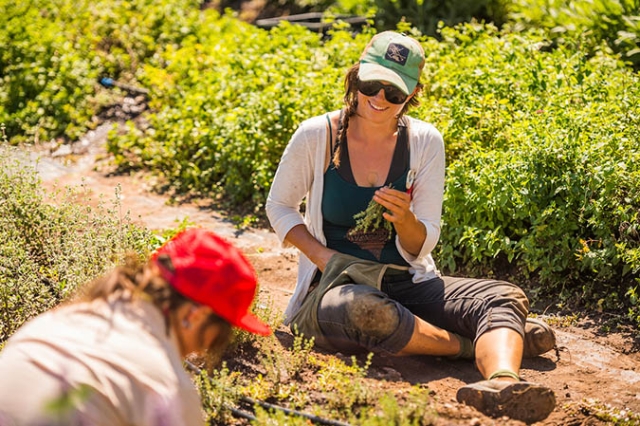The Home Gardener’s Guide to Carbon Sequestration
Gather ‘round, green-thumb enthusiasts. It’s time to get the dirt on carbon sequestration and unearth how our gardens can be unsung heroes in battling climate change.
What is carbon sequestration? As one might remember from biology class, when plants photosynthesize, they absorb carbon dioxide (CO2) from the atmosphere. This is carbon sequestration, one of nature’s ways of cycling nutrients.
Human-induced climate change was and is caused by excessive emissions, including CO2. Sequestering carbon mitigates the harmful effects of climate change, and even the humblest garden does it. For gardeners looking to steward the environment and future generations, consider employing techniques that enhance carbon absorption and storage. Gardeners can boost their garden’s carbon sequestering potential by implementing these practices:
Cultivate healthy soil. Healthy soil acts as a major carbon sink. Recovering and protecting soil has the potential to sequester 5.5 billion tons of CO2. Gardeners can protect and replenish soil by leaving perennials up during the winter, mulching, composting and minimizing tillage. These garden practices add organic matter to the soil, creating habitat for carbon-storing microbes.
Limit chemicals. Many fertilizers and pesticides depend on fossil fuels, be it during production, in the ingredient list, or both. These chemicals also end up polluting waterways, which causes a slew of environmental problems. For example, buildup of pollutants causes anaerobic conditions, i.e., "dead zones." With oxygen choked out of the ecosystem, so follows many other organisms. This limits opportunities for carbon-to-oxy exchange and emits even more carbon dioxide.
Bonus: scale up. Climate change data and news often feel hopeless. One of my go-to strategies has been to examine what I have control over and where I can act. This truth also needs to be balanced with the reality that carbon sequestration must happen on larger scales as well. Consider how you can push for collective action through local government, neighborhood groups, nonprofits or other avenues. By actively engaging in practices that sequester carbon, gardeners can contribute positively to the environment while also nurturing their gardens.
Let us dirty our hands and watch our gardens champion over climate change. Every little green thing you grow gives back. So, I encourage you to keep planting, nurturing and growing a greener future.
This article was contributed by Horticulturist Abigail McLennan.

Add new comment